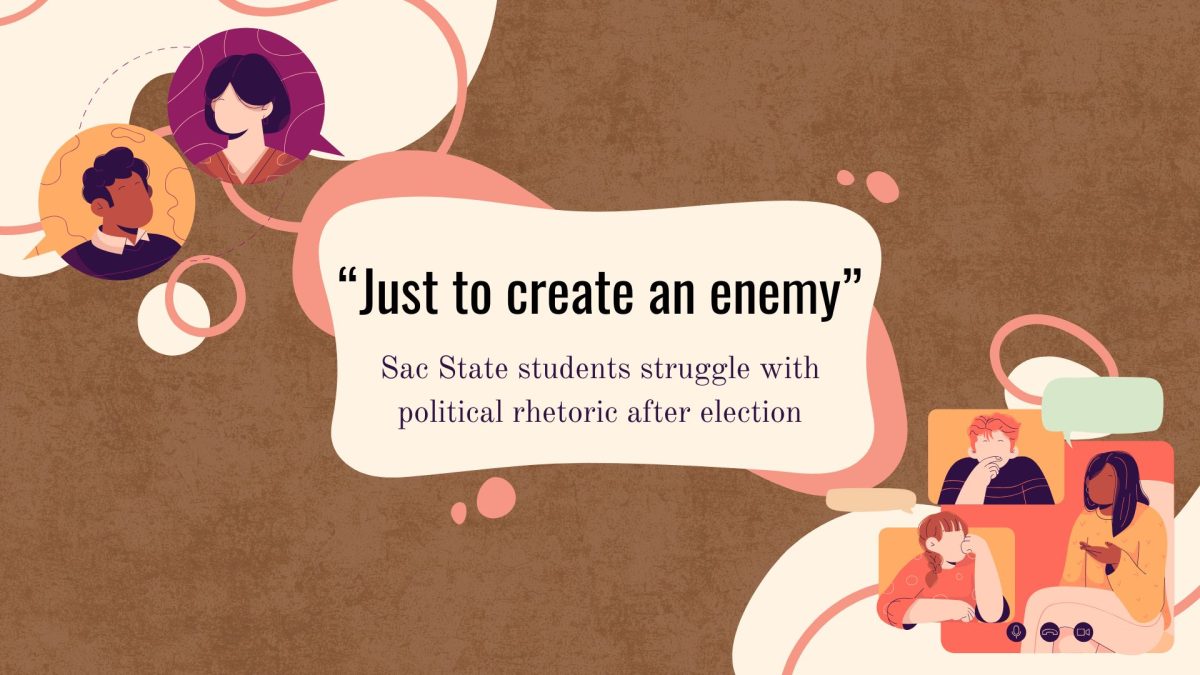Congo overlooked
January 4, 2005
WASHINGTON – The skies over Asia are being darkened these days by an abundance of relief-bearing cargo planes, reflecting the huge outpouring of international sympathy and support in response to the tsunami crisis.
But in eastern Congo and other regions of Africa afflicted by humanitarian hardship, people might reasonably ask, “How about some relief for us?”
The crisis in the Democratic Republic of the Congo is widely viewed as the world’s deadliest.
A study released Dec. 9 by the New York-based International Rescue Committee reports that 3.8 million people in eastern Congo have died since 1998 and that about 31,000 continue to die monthly as a result of continuing conflict.
However tragic the fallout from the Indian Ocean tsunami may be, the number of victims will not be comparable to those in Central Africa. As of Tuesday, the tsunami death toll was about 150,000.
Led by a $500 million commitment from Japan, some $2 billion has been pledged thus far for the tsunami’s victims. According to the IRC study, international humanitarian aid for Congo was $188 million – $3.23 per person – 2004.
The U.S. Agency for International Development spent $54 million on Congo in fiscal 2004. The request for 2005 is $32 million. The $19 million decline mostly reflects an elimination of food aid.
In contrast, the Bush administration has pledged $350 million thus far for the tsunami tragedy.
Dr. Richard Brennan, an IRC specialist on Congo, said Tuesday: “I’ve been impressed with the outpouring of solidarity for victims of the tsunami. I’m baffled as to why there isn’t a similar level of solidarity or concern for the people of the Congo.”
Brennan was reached by telephone in Indonesia, where he is doing tsunami relief work.
Much of the instability in eastern Congo stems from the presence of thousands of Rwandan Hutu rebels who took part in the genocide against Rwandan Tutsis in 1994. The region is rife with cross-border and ethnic tensions. About 11,000 U.N. peacekeepers are deployed there.
The mortality data for the IRC study was collected between January 2003 and April 2004. It found that 1,000 people a day died in excess of normal mortality. Almost half were children under 5 killed by disease and malnutrition – an outgrowth of a destroyed health care system.
There are obvious differences between the eastern Congo’s misery and that of the tsunami’s target area. The latter is generally at peace while the Congo remains riven with conflict, impeding humanitarian assistance.
David Beckmann, president of Bread for the World, a Christian pro-development group, says Congo is getting short shrift.
“The world is not overreacting to the tsunami but is underreacting to misery in other places,” he said, citing Congo as an example.
He added that the slower-paced accumulation of victims in Central Africa, compared with the Indian Ocean rim, has meant less international attention – and less humanitarian aid.
Beckmann also believes race may be working against the Congolese. “We’ve managed to callous ourselves to the idea that millions of Africans are dying,” he said.
Salih Booker, executive director of Africa Action, a research and advocacy group, said there is a “class system” for resolving humanitarian crises. There is “a global predisposition to accepting a higher level of suffering in Africa,” he said.
That thesis does not appear to apply to the western Sudanese region of Darfur, where ethnic conflict has displaced an estimated 2 million people since early 2003 and killed tens of thousands.
During that period, U.S. emergency assistance to Darfur has totaled $373 million, according to government statistics.
Mary McClymont, president of InterAction, an umbrella group for U.S. private voluntary organizations, said the suddenness of the tsunami crisis, coupled with saturation news coverage, contributed to the surge of international generosity.
She regrets that these elements often have not been present in humanitarian disasters in Africa and elsewhere.
“I only hope that we can work to sensitize Americans in this process to the forgotten crises in the world,” she said.





























































































































